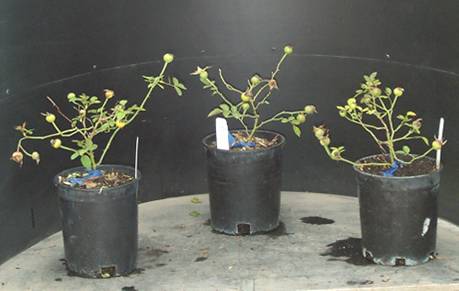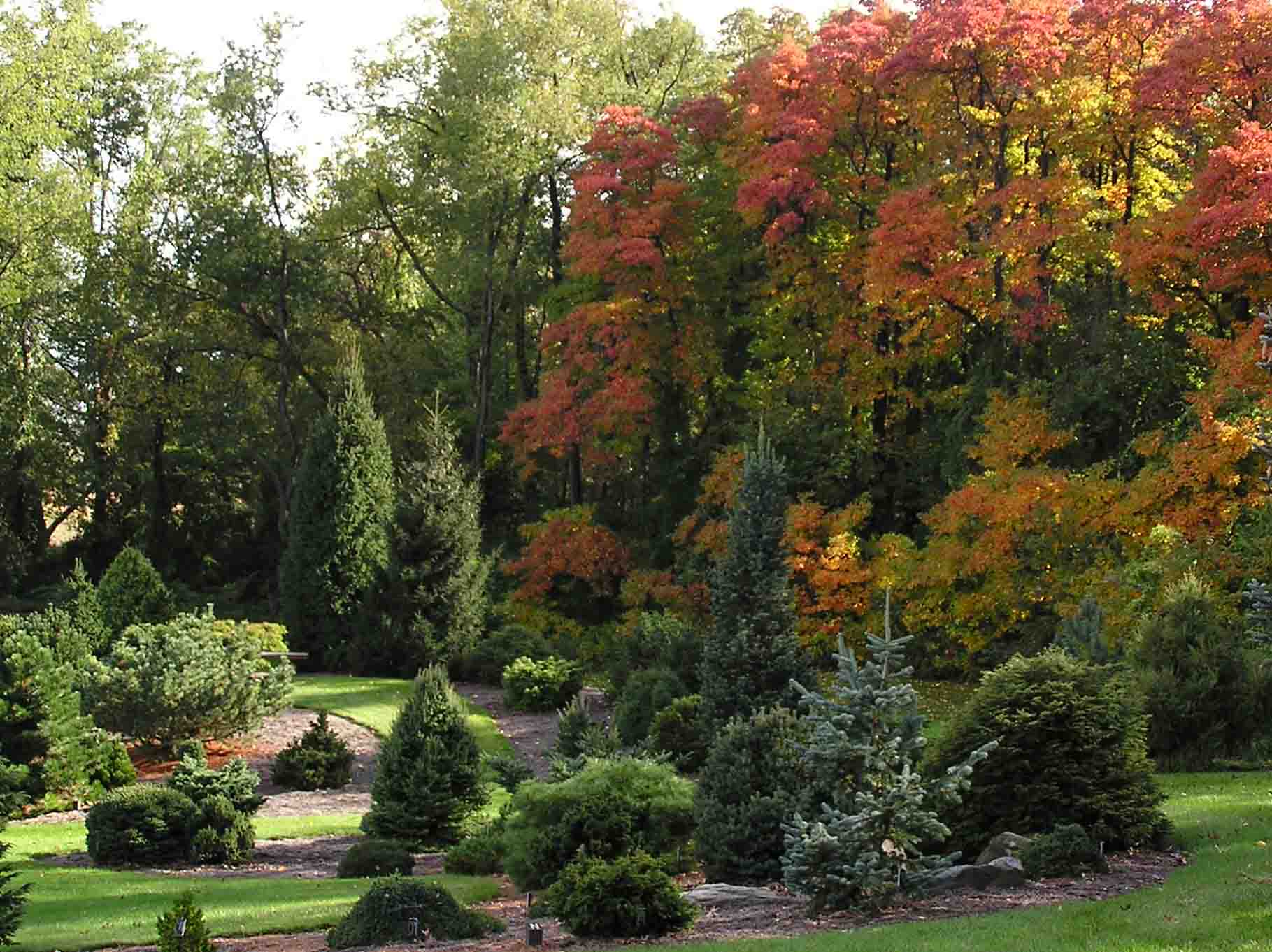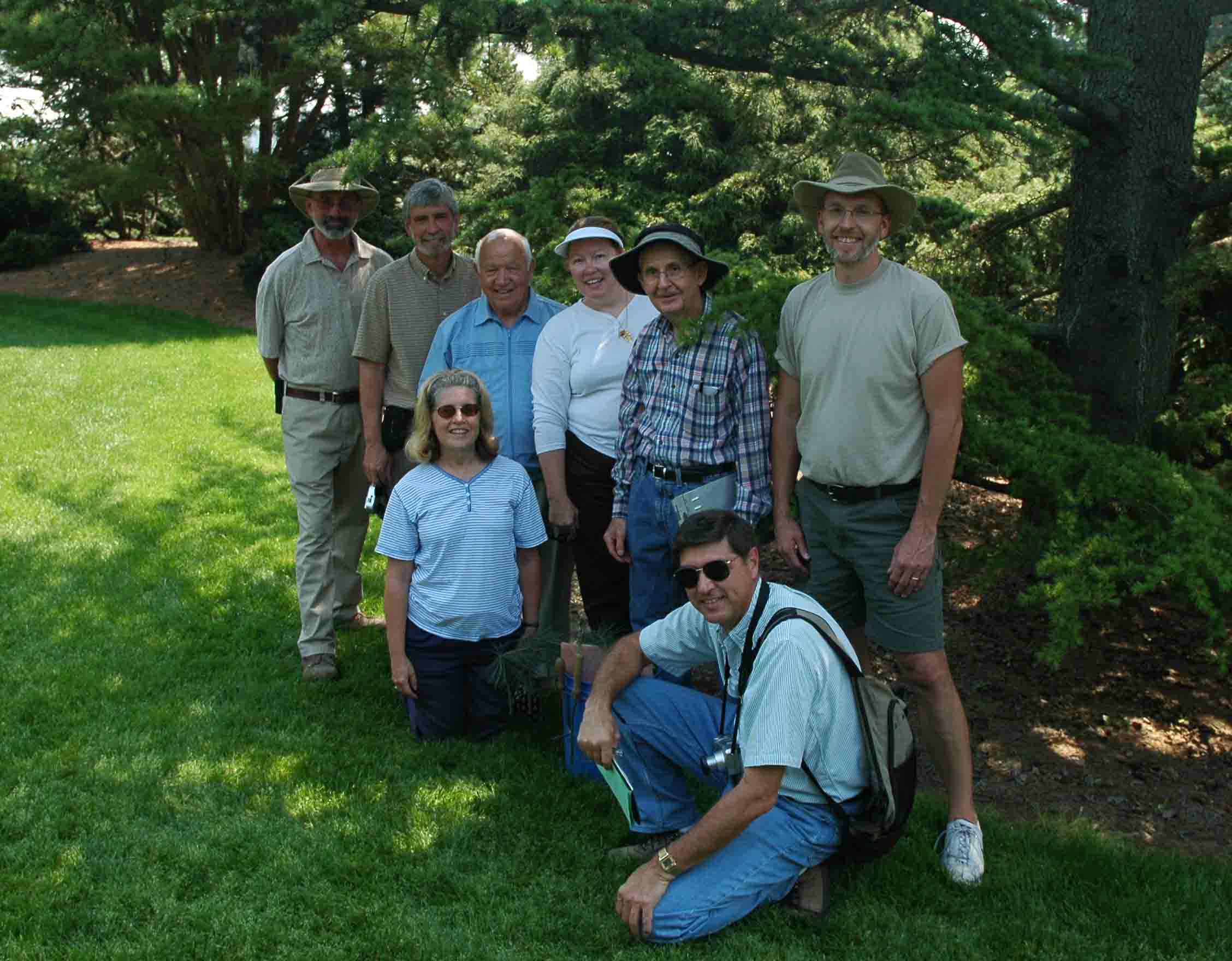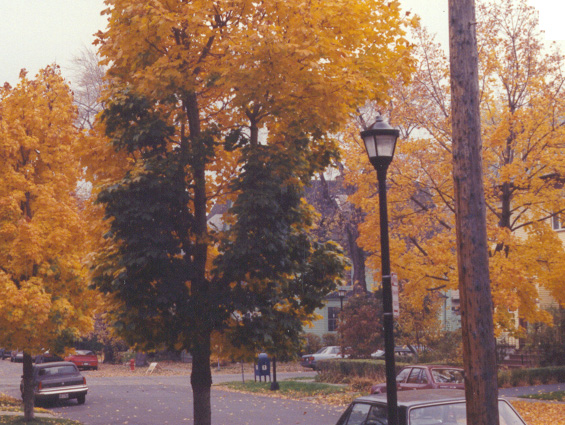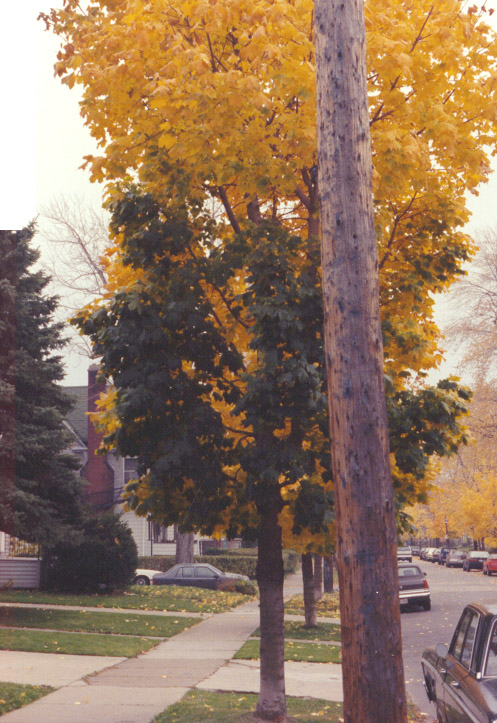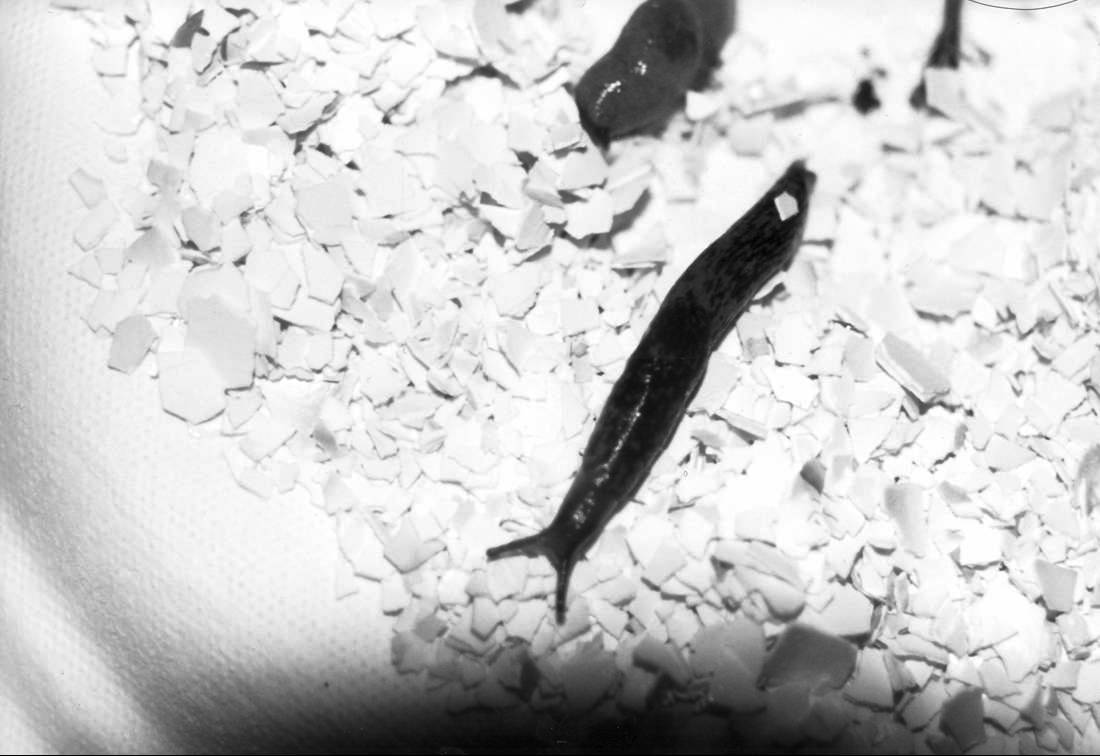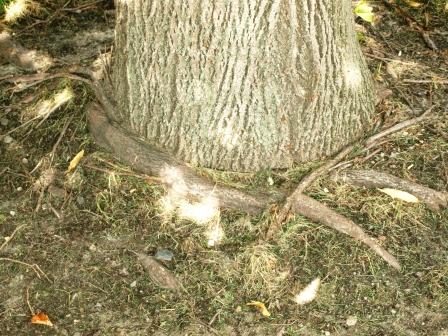My news tab in Firefox is the BBC “latest headlines” page. It’s a great place to get pretty darn unbiased news plus the U.K. equivalent of “News of the Weird”. SO, relative to our ongoing discussion of composting…here’s a story ripped directly from the BBC headlines. Follow the link for a video (interview, that is).
Disclaimerage: I nor any of the other Garden Professors endorse this activity, nor any claims as to its usefulness, scientific relevancy, harrumph harrumph, etc,. etc,. etc. We do, however, fully endorse garden-related humor!
********
Pee To Help Make Your Garden Grow
Gardeners at a National Trust property in Cambridgeshire are urging people to relieve themselves outdoors to help gardens grow greener.
A three-metre long “pee bale” has been installed at Wimpole Hall.
Head gardener Philip Whaites is urging his male colleagues to pee on the straw bale to activate the composting process on the estate’s compost heap.
He said the “pee bale” is only in use out of visitor hours, since “we don’t want to scare the public”.
He said: “For eight weeks now, male members of our garden and estate teams have been using the outdoor straw bale when nature calls. The pee bale is excellent matter to add to our compost heap to stimulate the composting process; and with over 400 acres of gardens and parkland to utilise compost, we need all the help we can get.
“There are obvious logistical benefits to limiting it to male members of the team, but also male pee is preferable to women’s, as the male stuff is apparently less acidic.”
By the end of the year, it was calculated that the 10 men from the 70-strong garden and estates team will make more 1,000 individual trips to the pee bale, contributing towards the compost for the estate. The estate said it will have saved up to 30% of its daily water use by not having to flush the loo so many times.
Rosemary Hooper, Wimpole estate’s in-house master composter, said: “Most people can compost in some way in their own gardens. Peeing on a compost heap activates the composting process, helps to produce a ready supply of lovely organic matter to add back to the garden.
“Adding a little pee just helps get it all going; it’s totally safe and a bit of fun too.”
Story from BBC NEWS:
http://news.bbc.co.uk/go/pr/fr/-/2/hi/uk_news/england/cambridgeshire/8357134.stm
Published: 2009/11/13 00:40:21 GMT
© BBC MMIX
